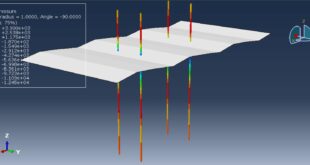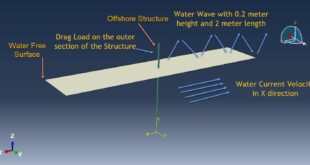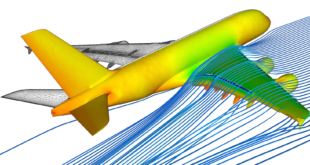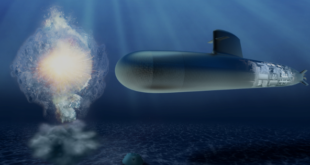Introduction to Polymeric and Metal Foam Simulation in Abaqus
Polymeric and metal foam are advanced materials widely used in industries such as aerospace, automotive, biomedical, and construction due to their unique properties, including high strength-to-weight ratios, energy absorption, and thermal and acoustic insulation. Simulating these materials in Abaqus, a powerful finite element analysis (FEA) software, allows engineers and researchers to predict their mechanical, thermal, and dynamic behavior under various loading conditions.
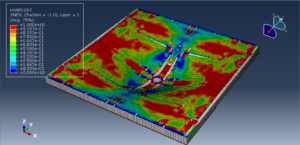
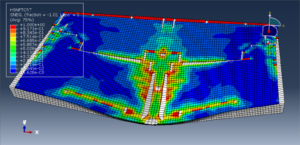
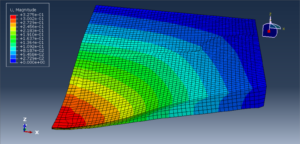
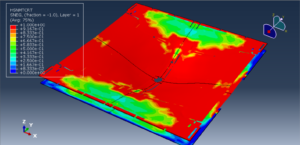
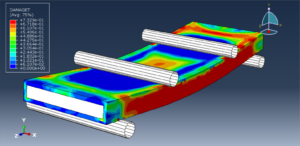
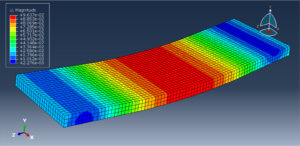
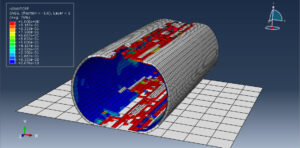
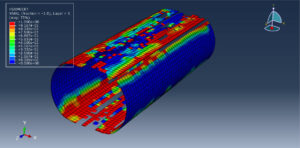
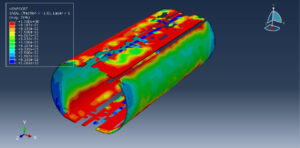
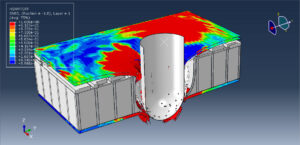
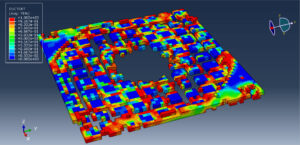
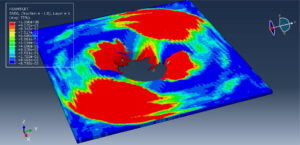
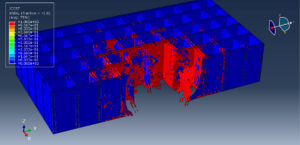
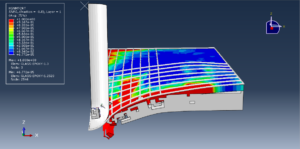
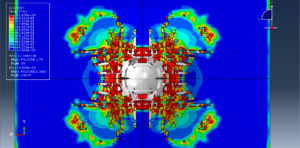
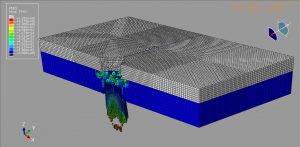
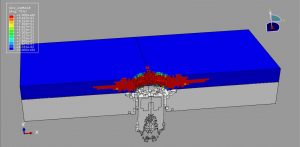
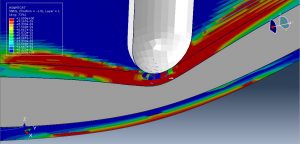
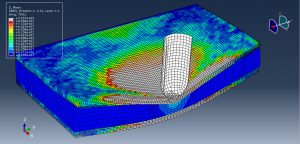
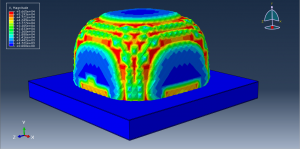
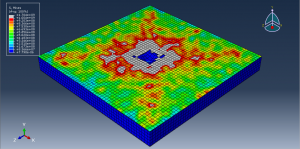
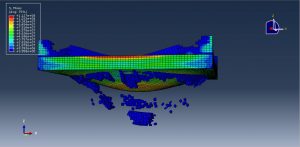
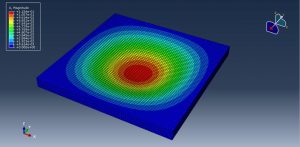
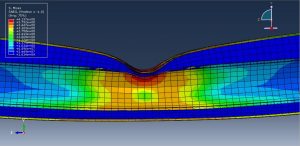
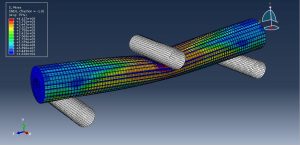
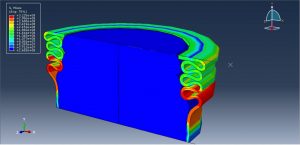
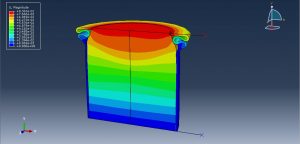
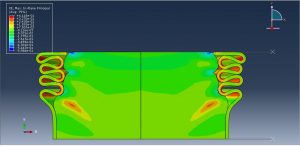
Key Characteristics of Polymeric and Metal Foam
Polymeric Foam
Lightweight and flexible
Excellent energy absorption and damping properties
Used in packaging, cushioning, and insulation applications
Examples: Polyurethane (PU), polystyrene (PS), and polyethylene (PE) foams
Metal Foam
High strength and stiffness relative to their density
Good thermal and electrical conductivity
Used in lightweight structural components, energy absorbers, and heat exchangers
Examples: Aluminum, titanium, and nickel foams
Challenges in Foam Simulation
Complex Microstructure: Foams have a porous, heterogeneous structure that makes their mechanical behavior highly nonlinear
Anisotropy: The mechanical properties of foams can vary with direction due to their cellular structure
Large Deformations: Foams often undergo significant deformations under compression, requiring accurate modeling of nonlinear material behavior
Energy Absorption: Capturing the energy dissipation mechanisms during impact or compression is critical for accurate simulation
Material Models
Crushable Foam Model: Suitable for modeling the compressive behavior of foams, including plastic deformation and densification
Hyperelastic Models: Used for polymeric foams undergoing large elastic deformations
Viscoelastic Models: Capture time-dependent behavior, such as creep and stress relaxation, in polymeric foams
Plasticity Models: For metal foams, including isotropic and anisotropic hardening
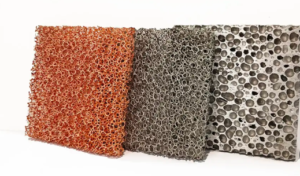
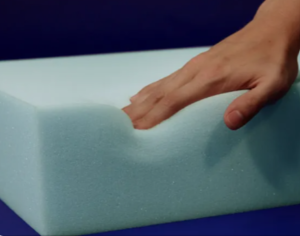
Applications of Foam Simulation in Abaqus
Crashworthiness Studies: Simulating the energy absorption of foams in automotive and aerospace components
Structural Optimization: Designing lightweight foam-filled structures for improved performance
Thermal Management: Analyzing heat dissipation in metal foam heat exchangers
Biomedical Implants: Studying the mechanical behavior of polymeric foams used in prosthetics or tissue engineering
Simulating polymeric and metal foams in Abaqus enables engineers to understand and optimize their performance in various applications. By leveraging Abaqus’s advanced material models, element types, and analysis capabilities, accurate predictions of foam behavior can be achieved, leading to innovative designs and improved product performance
 Abaqus tutorials Abaqus tutorials
Abaqus tutorials Abaqus tutorials
